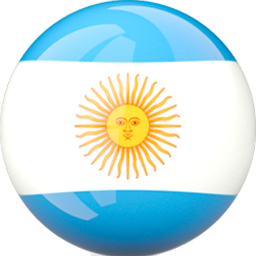Private Airplane Pilot
Thanks to the variation in geography and meteorological characteristics of Patagonia, a pilot trained in our school will gain the versatility to fly in a range of environments.
This course is based on the programs of the National Civil Aviation Administration (ANAC) Argentina and ends with obtaining the Private Airplane Pilot license. This is the first step in the life of any pilot.
The course consists of a minimum of 40 flight hours.
- In the first hours of flight, the student will learn to fly the plane in double command mode, with his flight instructor. The first hours are for basic maneuvers, and they become more complex as the course progresses.
- As the student is prepared, he will execute some flights alone, where the instructor will make a previous check of the situation, and will ask the student to fly alone.
- Throughout the course different aerodromes will be known, and crossings will be made (flights between different aerodromes).
The theory will be given in a pre-flight and post-flight talk mode, and given by the same instructors with whom the student flies.
The aeronautical authority does not require any type of theoretical course, so we include theory as part of the course.
At the end of the flight hours, the student will take a practical exam and a multiple choice theoretical exam.
The requirements to start the course are:
- Class II Aeronautical Medical Certification.
- Minimum age of 16 years and 9 months.
- Parental authorization (only for children under 18).
The requirements to take the exam to obtain the license are:
- Class II Aeronautical Medical Certification.
- Have complied with the flight hours mentioned.
- Certificate of completion of primary studies.


